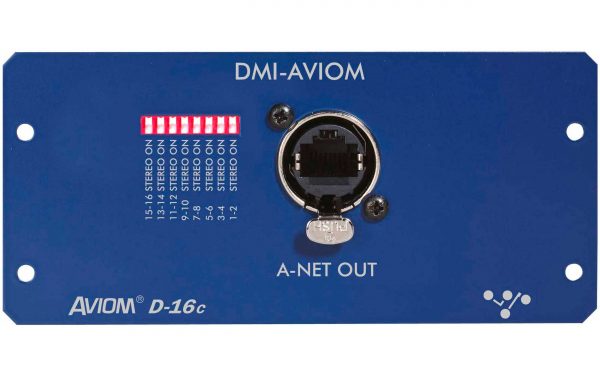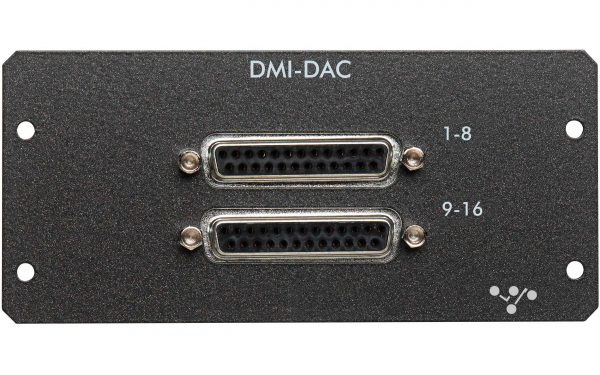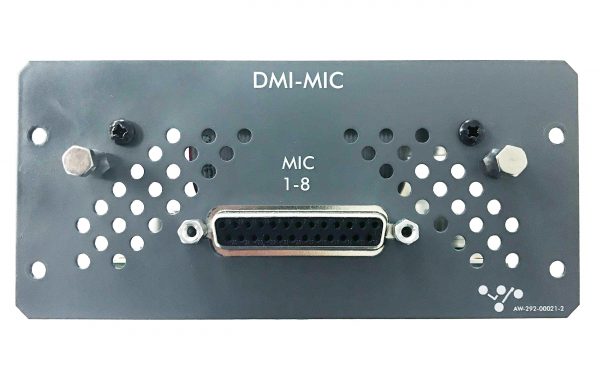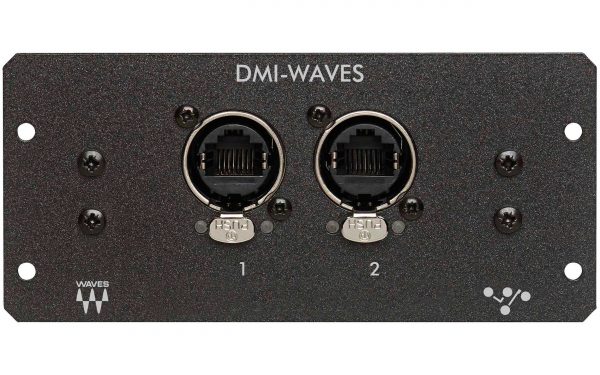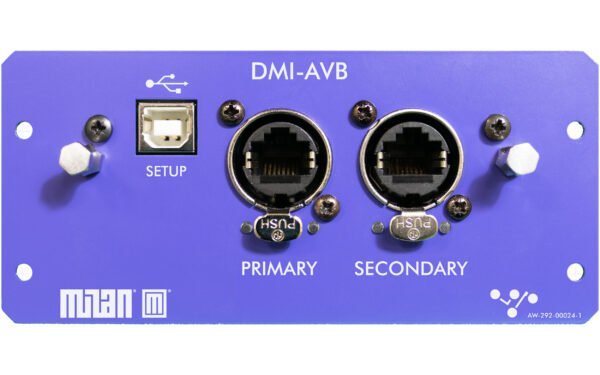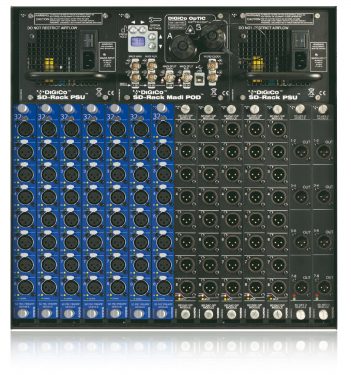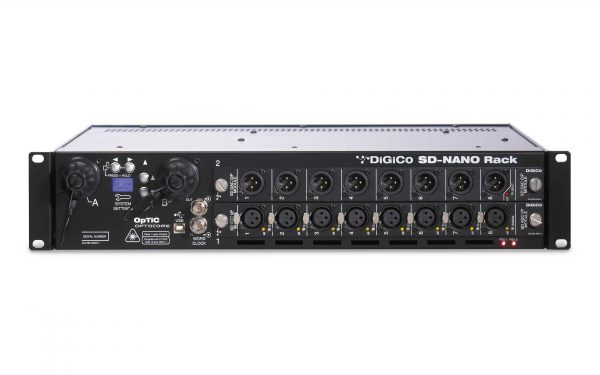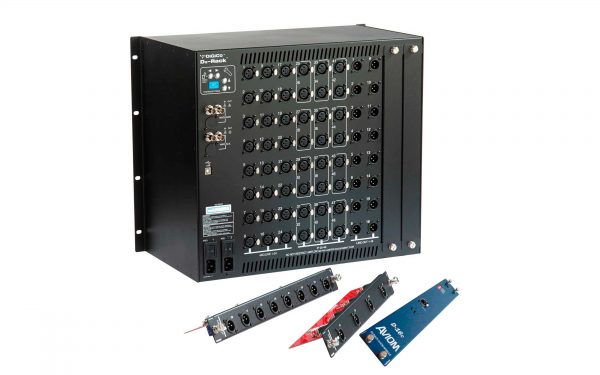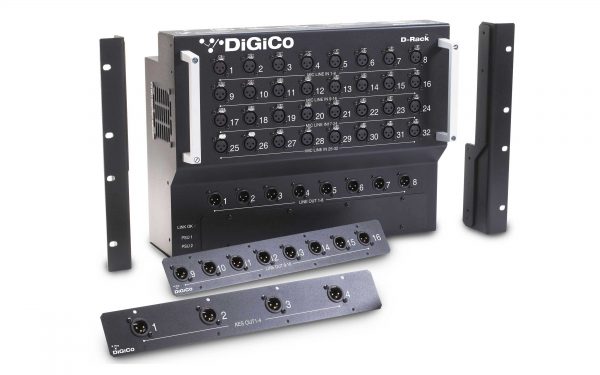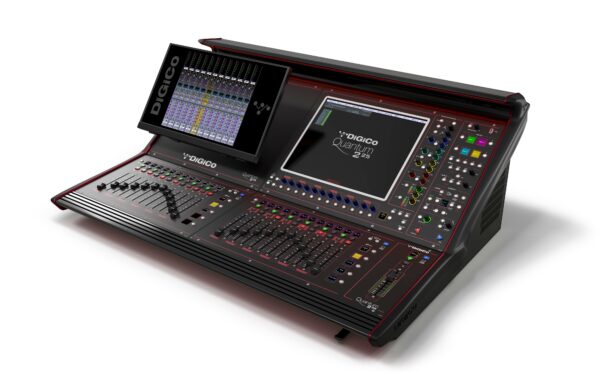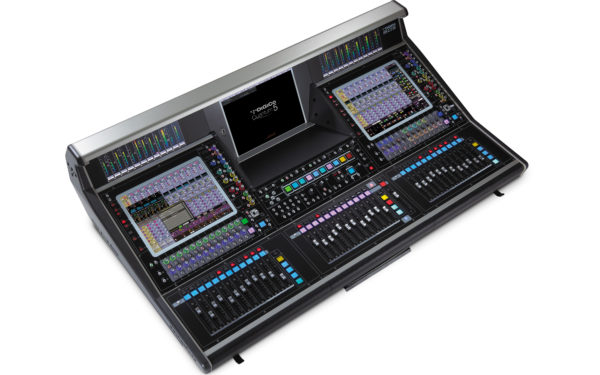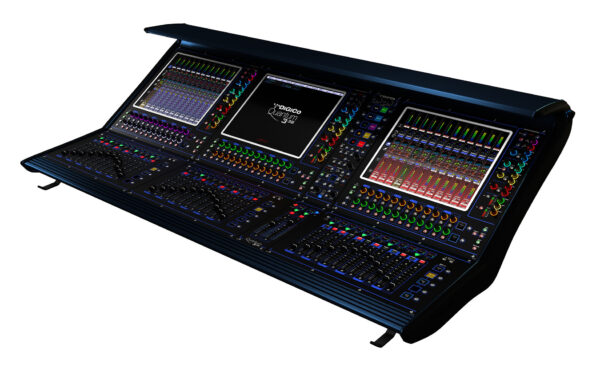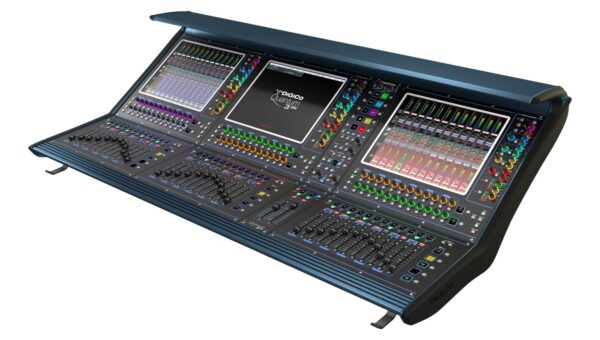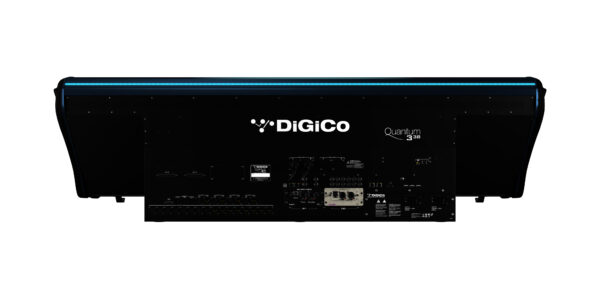| Quantum 338 Brochure | DOWNLOAD | |
| DiGiCo Quantum 338 Data Sheet | DOWNLOAD |
Quantum 338T: Leap ahead
Representing a dramatic leap forward in power and connectivity within a remarkably compact format, Quantum 338T follows the Quantum 7 in defining the future of audio mixing.
Boasting a wealth of new design features and enhancements to create ultimate flexibility of use plus the speed of operation that only Quantum can deliver, Quantum 338T is based on seventh generation FPGAs with an entirely new system architecture. The console merges tried and tested workflows with immense processing muscle and bold innovation including a striking new dark mode.
Under The Hood – Ultimate Stadius!
Quantum 338T puts a trio of 17-inch, 1000 nit, high brightness multitouch screens at your disposal, with both the meter bridge and soft quick select buttons displayed on each screen for quick, intuitive operation. In addition, 70 individual TFT channel displays join the floating Quantum chassis with 38 100mm touch sensitive faders laid out in three blocks of 12 fader banks plus two dedicated user-assignable faders, each with high resolution metering.
Superior local audio connectivity and performance comes courtesy of new “Ultimate Stadius” 32-bit ADC and DAC conversion, which is built into the Quantum 338T as standard alongside six single or three redundant MADI connections, dual DMI slots and a built-in UB MADI USB recording interface.
Also included as standard are Mustard Processing channel strips, Spice Rack plugin style native FPGA processing options, Nodal Processing and True Solo.
I/O
With a maximum of 156 input channels with 72 busses and a 36 x 36 matrix, all with full channel processing, Quantum 338T takes built-in console I/O to new levels of performance.
The console’s 8 local mic/line inputs and eight local line outputs all feature 32-bit “Ultimate Stadius” converters, while users have access to 4 stereo AES/EBU in/out, triple redundant MADI in/out (which can also be configured as 6 MADI I/O at 48kHz), dual DMI card slots, support for dual second generation Optocore loops, a built-in UB MADI USB interface and more. Waves connectivity can also be added with a SoundGrid Interface card, adding up to an additional 64 I/O.




